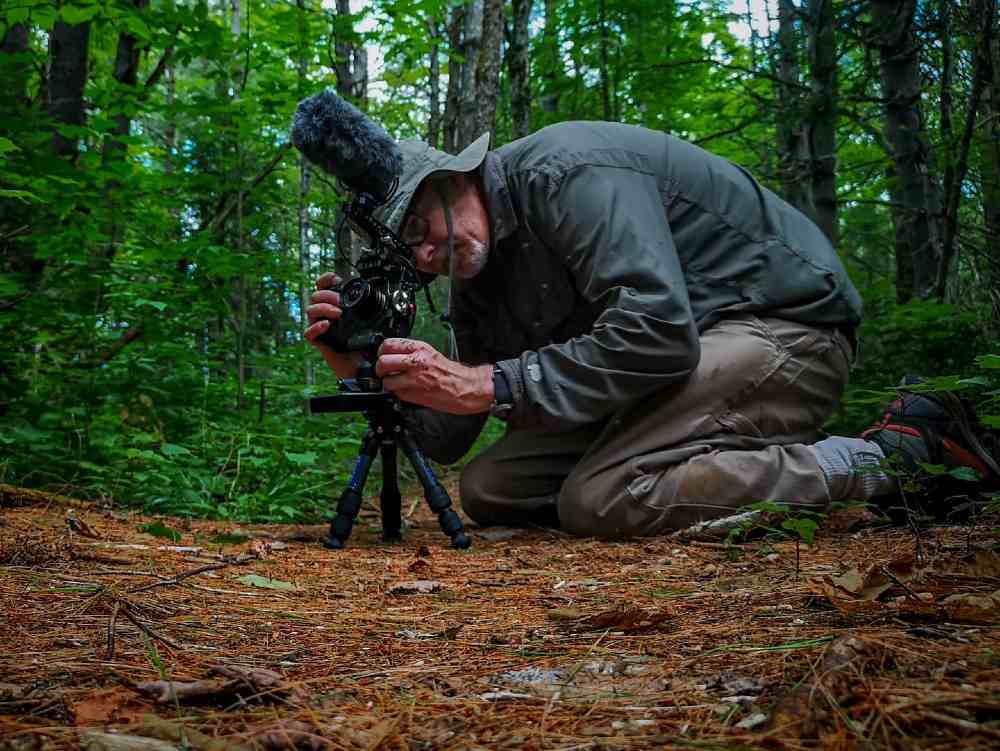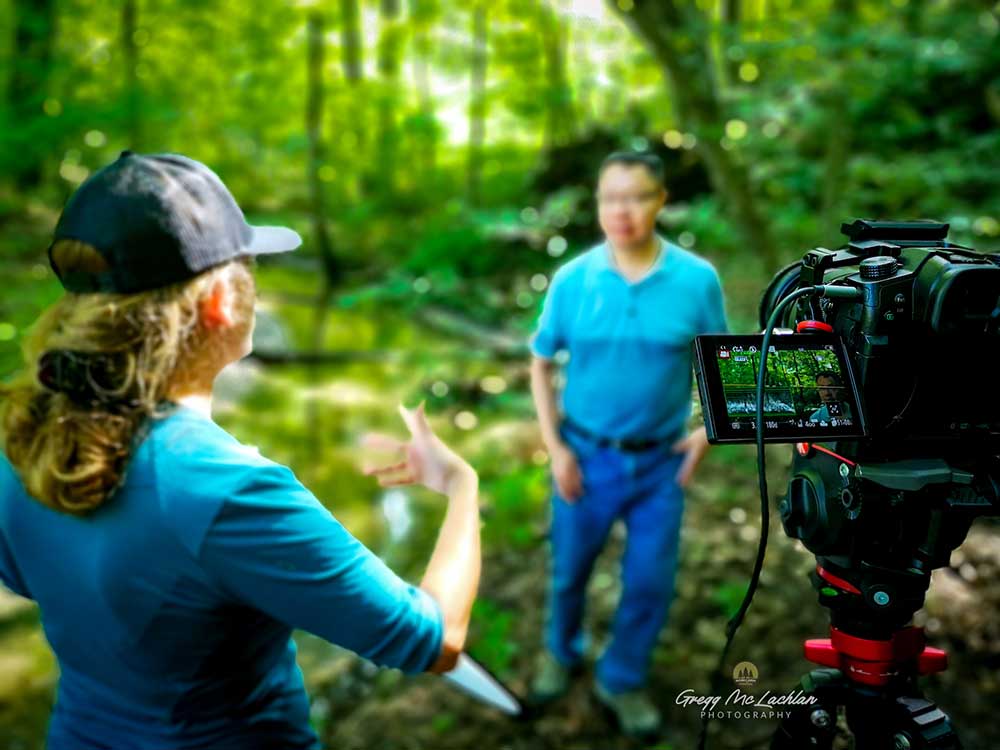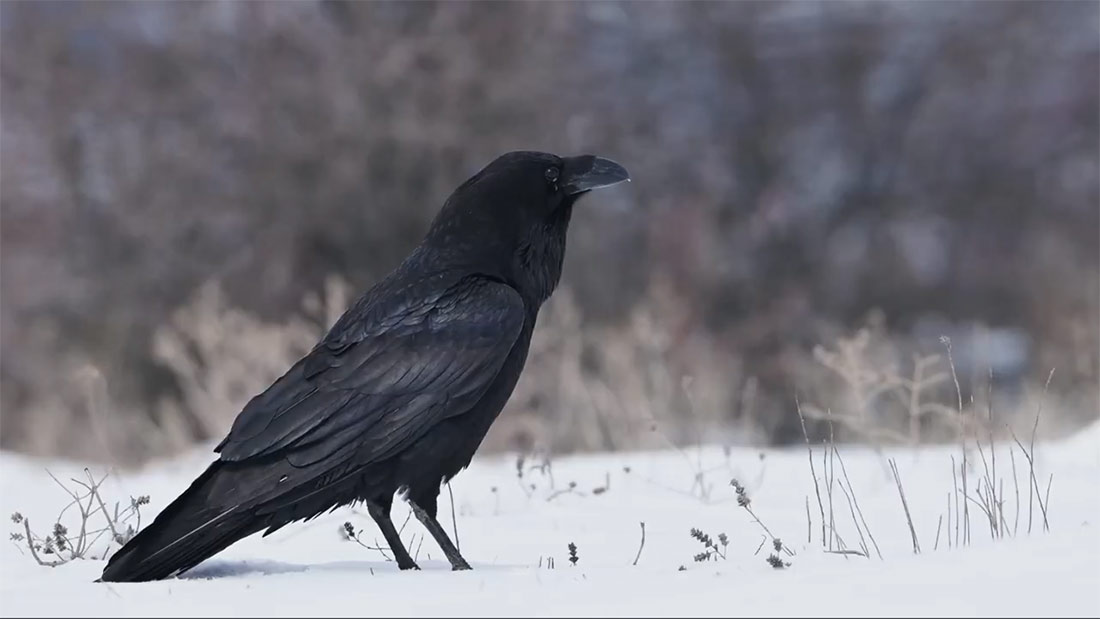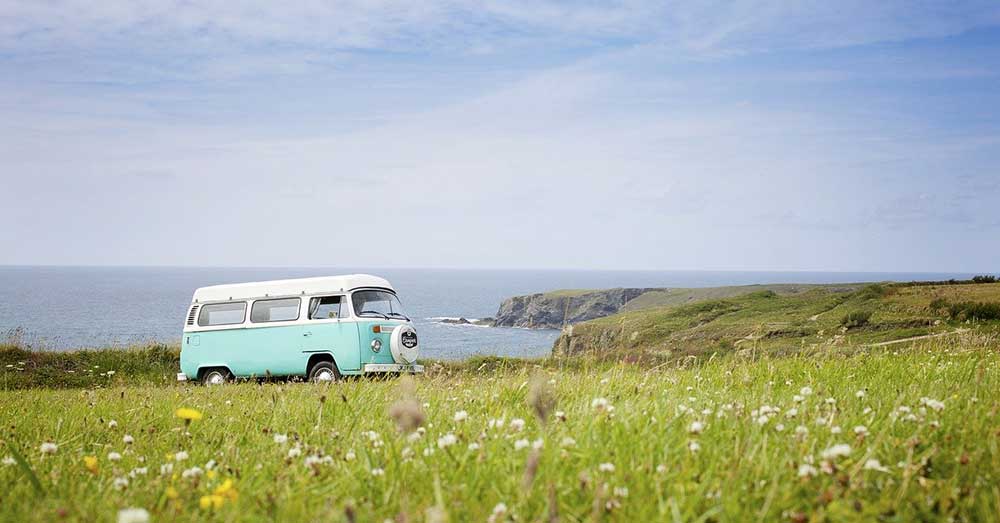

Should tourism operators be using YouTube?
When I talk to tourism operators in Ontario Canada, I frequently encounter many who are so focused on Facebook, Twitter or Instagram that they are forgetting another key platform: YouTube
It is the overlooked channel that is really a must today. Why? Because people flock to YouTube to look at videos about destinations and experiences they are considering visiting or booking. YouTube is the world’s No. 2 search engine, behind only Google. So why do so many tourism operators ignore using it? It might be because of fear of video. But let’s not even go there. It’s 2020.
Here are five key facts:
1. Monthly Active YouTube Users
YouTube has two billion users worldwide (Source: Statista, 2019). The only social network that has more monthly active users than YouTube is Facebook.
The number of users on YouTube is likely significantly higher. Monthly active users are people who have logged-in to the site at least once per month. Many more people are watching videos on YouTube without using a Google Account. YouTube represents a massive potential audience for you to tape into for your digital marketing efforts.
2. YouTube Is The Second Most Popular Social Media Platform
Let this soak in for a minute: 79 per cent of internet users say they have a YouTube account (Source: Datareportal, 2019).
3. YouTube Is A Marketing Powerhouse
Nearly 8 out of 10 (78.8 per cent) of marketers consider YouTube to be the most effective platform for video marketing (Source: GO Globe, 2019). In comparison, only 58.5 per cent of marketers consider Facebook, the planet’s king of social media, to be the most effective video marketing platform.
And if you need another comparison, consider this: Ads on YouTube receive more attention (62 per cent) from viewers than television ads (45 per cent).
4. People Watch Videos on YouTube Everyday
Every day people watch one billion hours of videos on YouTube. That’s staggering. Look at this way: If every single person on earth watched a video, that’s about 8.4 minutes per day per person. Wow! And if you are searching how to do something, make something, or fix something, we all know the power of YouTube. Searches related to the term “how to” are growing 70 per cent year over year (Source: searchengineland.com). What does this mean? Well, it means that when people are searching for how to learn something, they turn to video content and YouTube.
Tourism operators should be leveraging the power of video and YouTube. You can create a YouTube channel to share updates with your audience, or interact with them and solve their questions or concerns or provide a virtual experience. Or if you have an online store you can create videos of your products or attractions.
5. Your Competitors Or Niche Industry Is Already Using It
We’ve all been told about the importance of video content. That’s why more and more tourism businesses are turning to video. Statistics show that 62 per cent of businesses use YouTube as a channel to post video content (Source: Buffer, 2019). It’s the second most popular channel for businesses to share their video content, behind only Facebook.
More and more businesses have now started to use YouTube as a channel to communicate with their existing customers and reach potential customers. It’s no secret that some brands have scaled back on traditional advertising and poured significant resources into marketing via YouTube and partnership collaboration and channel sponsorships.
YouTube also gives brands the tools to customize how their channel looks. This means that tourism businesses can update their YouTube channel to reflect their brand identity, in order to stand out among the competition. Although it can be really easy to set up a YouTube channel, the hard part is to keep working on it and posting regularly to increase subscribers and keep your audience engaged.
Given its multi-faceted benefits and potential, there’s plenty that businesses can gain with YouTube. Producing videos may seem time-consuming and expensive for small businesses, but there is video editing software that is free, and smartphone cameras today are capable of shooting sufficiently high-quality videos. Of course, if you need more help, video editing services are available to help you take your video and make it more polished. Or videographers are now offering a variety of video packages to cater to most budgets or needs.
- What’s It Really Like Being a Conservation Filmmaker? - April 15, 2024
- Filmmaking Explainer: What Is Post-Production? - April 6, 2024
- New Videos for The Nature Conservancy of Canada - April 2, 2024

